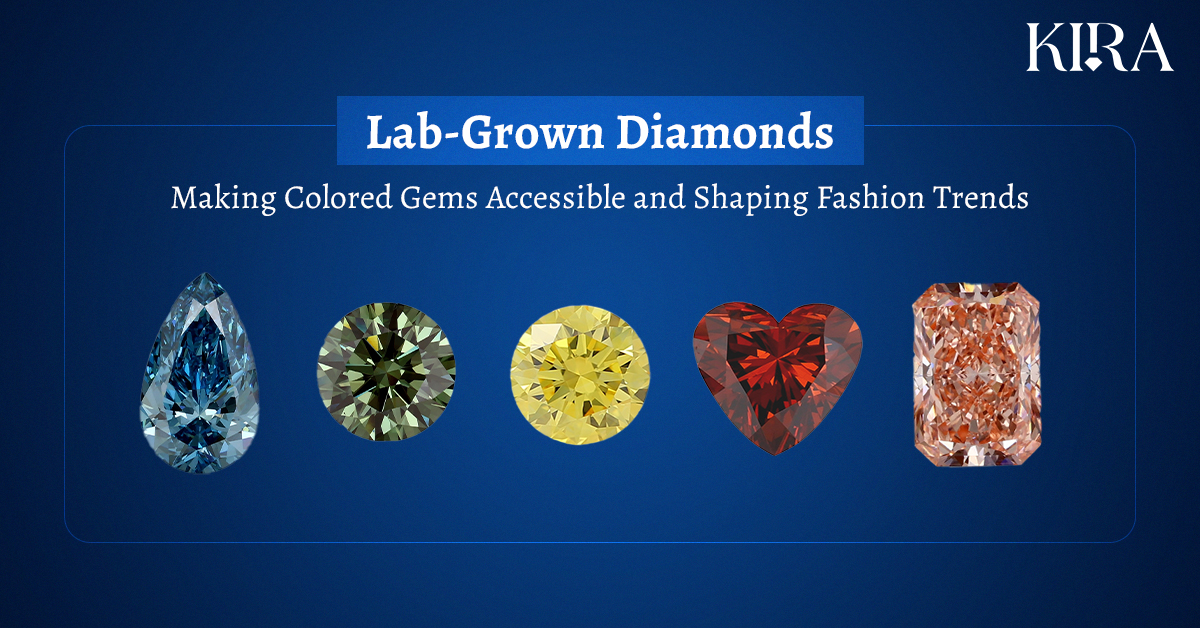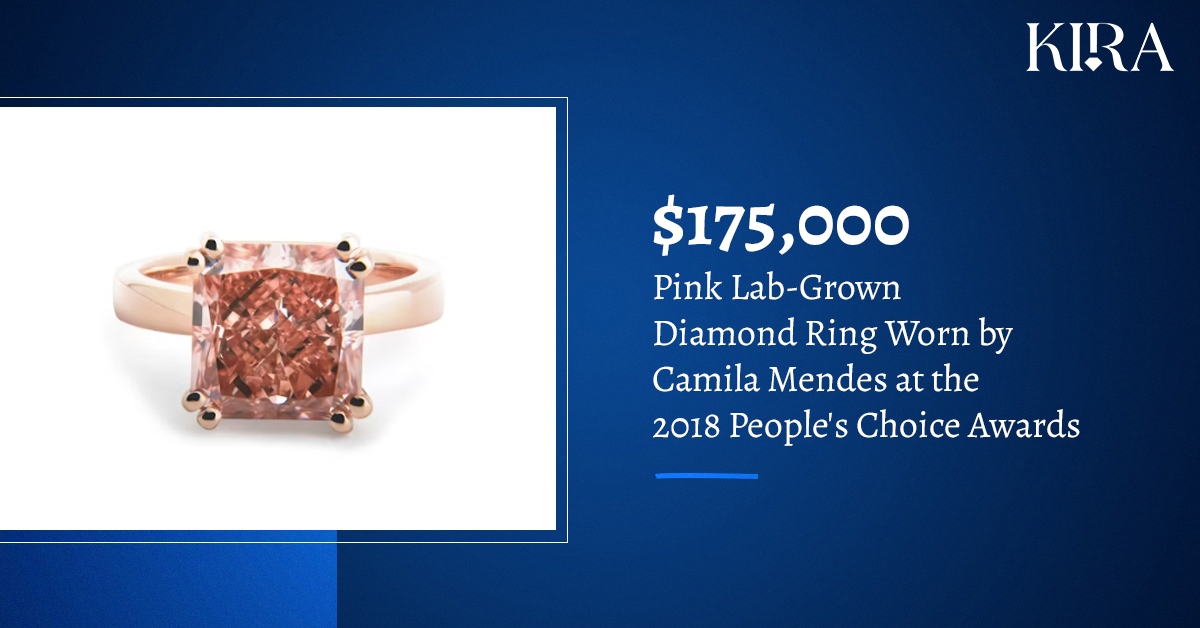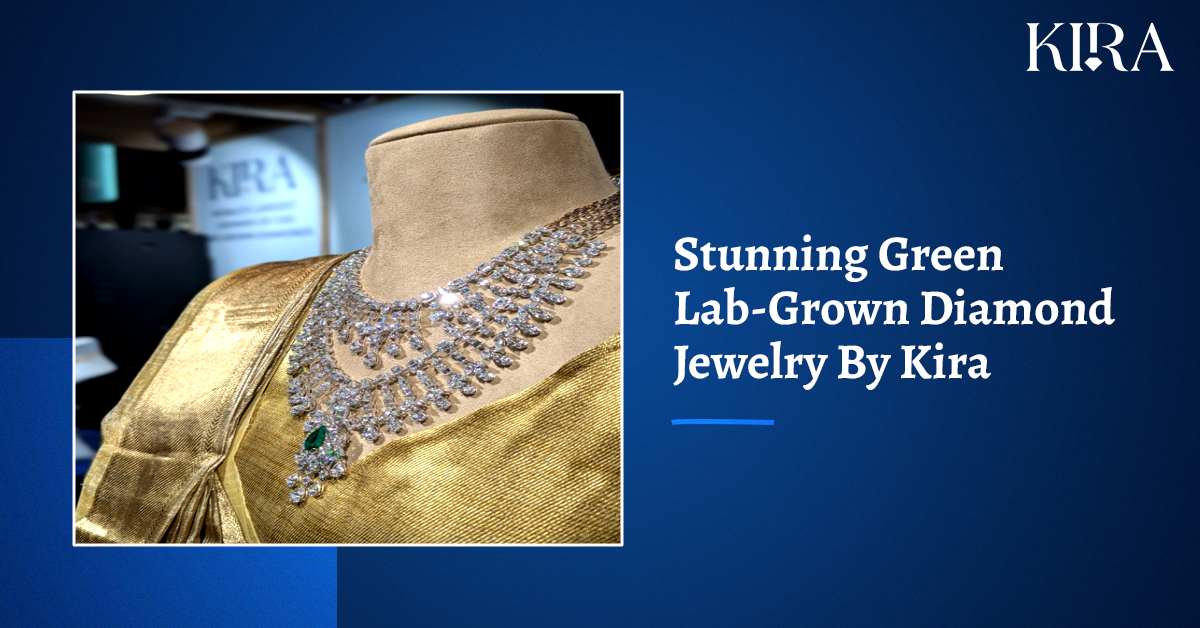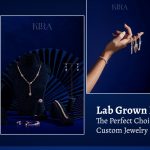How Lab-Grown Diamonds are Making Colored Diamonds Accessible and Shaping Fashion Trends

The diamond industry has long been associated with luxury, exclusivity, and an undeniable allure. Among the gems that captivate hearts, colored diamonds stand out for their rarity and stunning beauty. From the intense blue of a Hope Diamond to the pink hues of a fancy pink diamond, these gems are highly coveted but often out of reach for many due to their scarcity and astronomical prices.
Enter Lab-grown diamonds (LGDs), a game-changing innovation that’s shaking up the diamond world. These man-made marvels are not only making diamonds more affordable but are also democratizing access to colored diamonds. No longer confined to the hands of the ultra-wealthy, vibrant, colorful diamonds are now within reach for anyone with a passion for unique and personalized jewelry. Moreover, LGDs are not just influencing the diamond market—they’re setting new trends in the fashion industry.
Accessibility of Colored Diamonds through LGDs
Traditional Challenges with Natural Colored Diamonds
“Only about 1 in 10,000 natural gem quality diamonds is fancy colored” – IGI
Colored diamonds have always been the epitome of luxury. But their rarity has also been their biggest drawback. For instance, only one in every 10,000 diamonds is a colored diamond? The scarcity of these gems is reflected in their price tags. A natural fancy vivid blue diamond, for example, can cost millions of dollars per carat, making it an unattainable dream for most.
Another limitation with natural colored diamonds is the variety. The colors that occur naturally—pink, blue, yellow, green—are beautiful but limited. For those seeking a specific shade or a more exotic hue, the natural options are minimal and often prohibitively expensive.
How LGDs Overcome These Challenges
Lab-grown diamonds, created through advanced technological processes like Chemical Vapor Deposition (CVD) or High Pressure, High Temperature (HPHT), have changed the game. These processes allow for precise control over the environment in which diamonds are formed, making it possible to produce diamonds in a stunning array of colors. From deep purples and vibrant greens to soft pastels and intense blues, the color options are virtually limitless.
What’s more, LGDs are far more affordable than their natural counterparts. The ability to create these gems in a lab means that they can be produced more efficiently and in greater numbers, driving down costs. For example, a lab-grown fancy yellow diamond might cost a fraction of what a natural one would, opening up possibilities for consumers who might otherwise have settled for a less striking stone.

Consider the lab-grown pink diamonds, which offer the same beautiful hue as natural pinks but at a much more accessible price point. Celebrity Camila Mendes wore a stunning 5.01-carat lab-created pink diamond to the People’s Choice Awards in 2018 is an excellent example of how lab-grown diamonds are making a significant impact in the world of high fashion. The diamond, which costs $175,000, showcases the exceptional quality and beauty that lab-grown diamonds can achieve, rivaling their natural counterparts in both appearance and prestige.

The Impact of LGD on the Diamond Industry
Changing Consumer Preferences
Today’s consumers are increasingly seeking unique and personalized items, and the jewelry industry is no exception. The rise of lab-grown diamonds is perfectly aligned with this trend, offering a level of customization that was previously unattainable. Whether it’s a teal diamond that matches your eyes or a lavender stone that complements your favorite outfit, LGDs provide endless possibilities for personalization.
The shift toward colored diamonds also reflects a broader change in consumer preferences. People are moving away from traditional, clear diamonds and embracing the vibrancy and individuality that colored stones offer. This trend is particularly strong among younger consumers, who value self-expression and are drawn to the uniqueness of colored LGDs.
Market Shifts
The rise of lab-grown diamonds (LGDs) is indeed causing significant shifts in the diamond market. According to industry analyst Paul Zimnisky, LGDs are forecasted to generate $10 billion in incremental diamond jewelry demand by 2026. This projection underscores the rapid growth and increasing popularity of lab-grown diamonds, which are expected to continue capturing a larger share of the diamond market in the coming years.
As the popularity of LGDs increases, traditional diamond mining is facing new challenges. The shift towards lab-grown diamonds is prompting the natural diamond industry to reassess its practices and market positioning to stay relevant in a changing market.
 Get Your Kira Mobile Apps Now On The App Store & Google Play!
Get Your Kira Mobile Apps Now On The App Store & Google Play!
LGD’s Influence on Diamond Pricing
One of the most significant impacts of lab-grown diamonds is on pricing. By making colored diamonds more affordable, LGDs are democratizing access to what was once a luxury reserved for the elite. The lower price point of LGDs allows more people to explore and enjoy colored diamonds, leading to an increase in sales and wider acceptance of these gems.
For instance, a lab-grown blue diamond might be priced at a quarter of the cost of a natural blue diamond, making it possible for more consumers to own a piece of this mesmerizing gem. This affordability is not only changing the way people shop for diamonds but also encouraging them to experiment with bold, colorful choices they might not have considered before.
LGD and Fashion Trends
Influence on High Fashion and Couture
Lab-grown diamonds are not just making waves in the jewelry industry; they’re also influencing high fashion. Designers and luxury brands are increasingly incorporating coloured lab grown diamonds into their collections, drawn by the stones’ vibrant hues and ethical appeal. Fashion houses like Gucci and Givenchy have featured LGDs in their haute couture lines, showcasing the versatility and beauty of these gems on the runway.
One notable example is the collaboration between the luxury brand Pandora and a lab-grown diamond company, which resulted in a collection of colorful, affordable diamond jewelry. This partnership highlighted how LGDs can be both fashionable and accessible, appealing to a broad audience without compromising on style or quality.
Everyday Fashion and Jewelry
Beyond the glitz and glamor of high fashion, lab-grown diamonds are making their mark in everyday jewelry as well. The accessibility and variety of LGDs have led to a surge in colorful, everyday pieces that are perfect for adding a pop of color to any outfit. From delicate pendant necklaces featuring pastel-colored diamonds to bold, multi-stone rings, LGDs are enabling consumers to experiment with their style in ways that were previously out of reach.
Future Fashion Predictions
As lab-grown diamonds continue to gain popularity, we can expect to see them play an even larger role in fashion. Emerging trends suggest that colored diamonds will become a staple in both high-end and everyday jewelry collections. The ability to experiment with color at a lower cost means that consumers will continue to embrace bold, unconventional choices.
Looking ahead, we predict that we’ll see more collaborations between fashion designers and LGD companies, leading to innovative new designs that push the boundaries of traditional jewelry. We might also see the rise of customizable, made-to-order jewelry where consumers can choose the exact color and shape of their diamond, further blurring the lines between fashion and personal expression.
Looking for loose diamonds?
Looking for loose diamonds? Discover Kira, the world’s largest CVD diamond producer, offering over 250,000 certified diamond stones ranging from 0.18 to 10+ carats, all sourced from our state-of-the-art Surat facility. Specializing in stunning fancy-colored diamonds—yellow, pink, blue, and green—in a variety of shapes, including Round, Oval, Radiant, Emerald, Pear, Princess, and Marquise. With 3000+ CVD machines and a reliable global delivery service, we can fulfil orders of any size. Join our established end-to-end supply chain and experience the quality and variety that Kira has to offer.
Notable Collaborations and Partnerships
Lab-grown diamonds have caught the eye of many in the fashion industry, leading to some exciting collaborations. For instance, the partnership between De Beers and the start-up Lightbox has resulted in a collection of brightly colored lab-grown diamond jewelry that is both stylish and affordable. This collaboration has been a game-changer, making high-quality colored diamonds accessible to a wider audience.
Another example is the collaboration between Swarovski and the brand Atelier Swarovski. Together, they’ve launched a line of jewelry featuring lab-grown diamonds in an array of colors, proving that luxury and sustainability can go hand in hand.
The Future of Colored LGDs in the Diamond Industry
Technological Innovations
The future of lab-grown diamonds looks incredibly promising, with continuous advancements in technology paving the way for even more exciting developments. As the processes for creating LGDs become more sophisticated, we can expect to see an even wider range of colors and higher levels of customization. Imagine being able to order a diamond in your favorite shade of blue or a gemstone that changes color depending on the light—these are possibilities that could soon become reality.
Long-term Market Impact
The long-term impact of colored LGDs on the diamond industry is likely to be profound. As these stones become more mainstream, we can expect to see further shifts in consumer preferences and market dynamics. The increased accessibility of colored diamonds could lead to a decrease in the perceived value of mined colored diamonds, particularly if consumers continue to prioritize affordability and ethical considerations.
However, the rise of LGDs also presents opportunities for innovation and growth within the industry. Brands that embrace this technology and use it to create unique, high-quality products will likely thrive in this evolving landscape.
Conclusion
Lab-grown diamonds are revolutionizing the world of colored diamonds, making these once-rare gems accessible to a broader audience and influencing fashion trends in exciting new ways. Whether it’s the affordability, the variety of colors, or the ethical appeal, there’s no denying that LGDs are here to stay. As technology continues to advance and consumer preferences evolve, we can expect to see colored LGDs playing an increasingly important role in both the diamond industry and the world of fashion.
Don’t forget to subscribe to our newsletter to stay up-to-date on the latest trends and exclusive offers!








